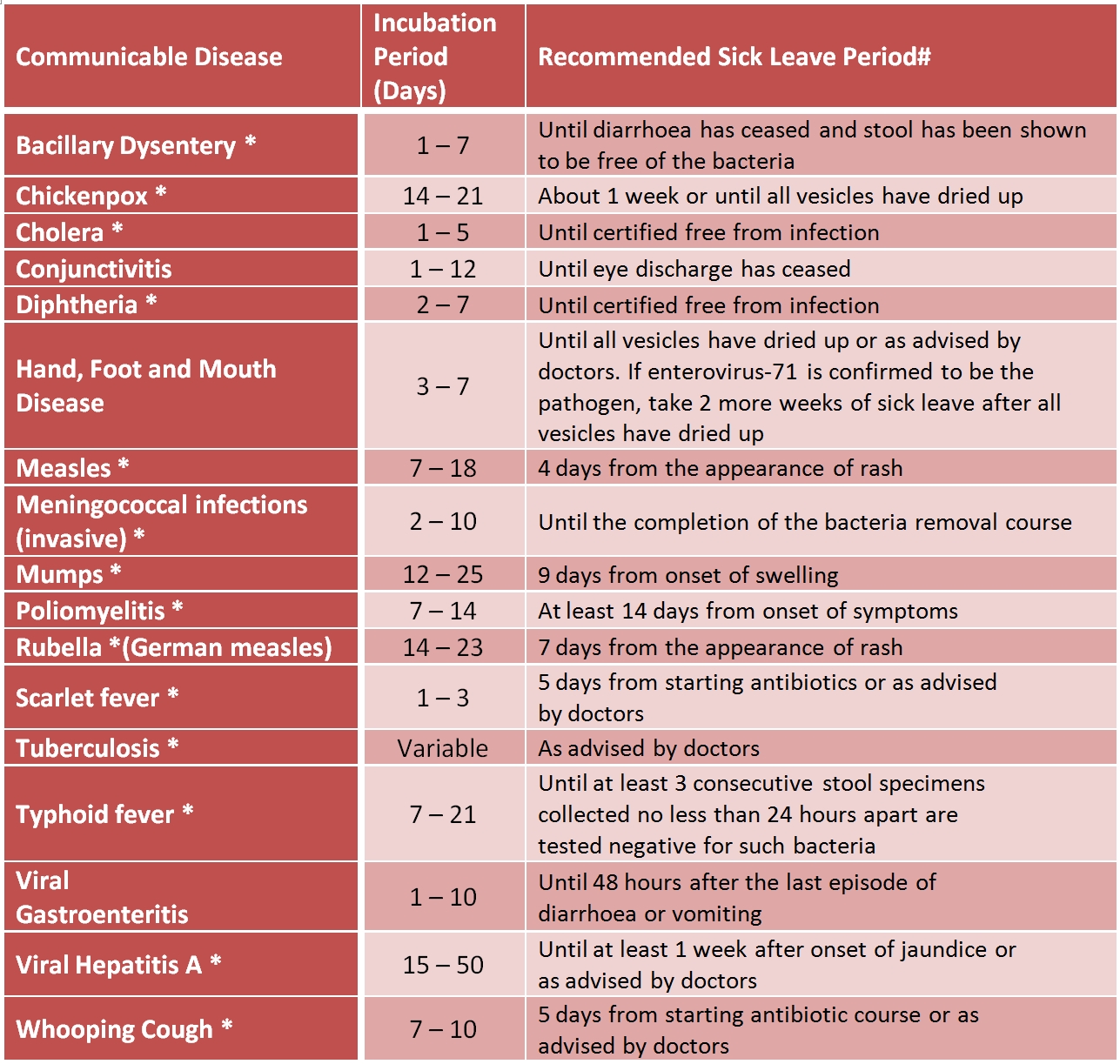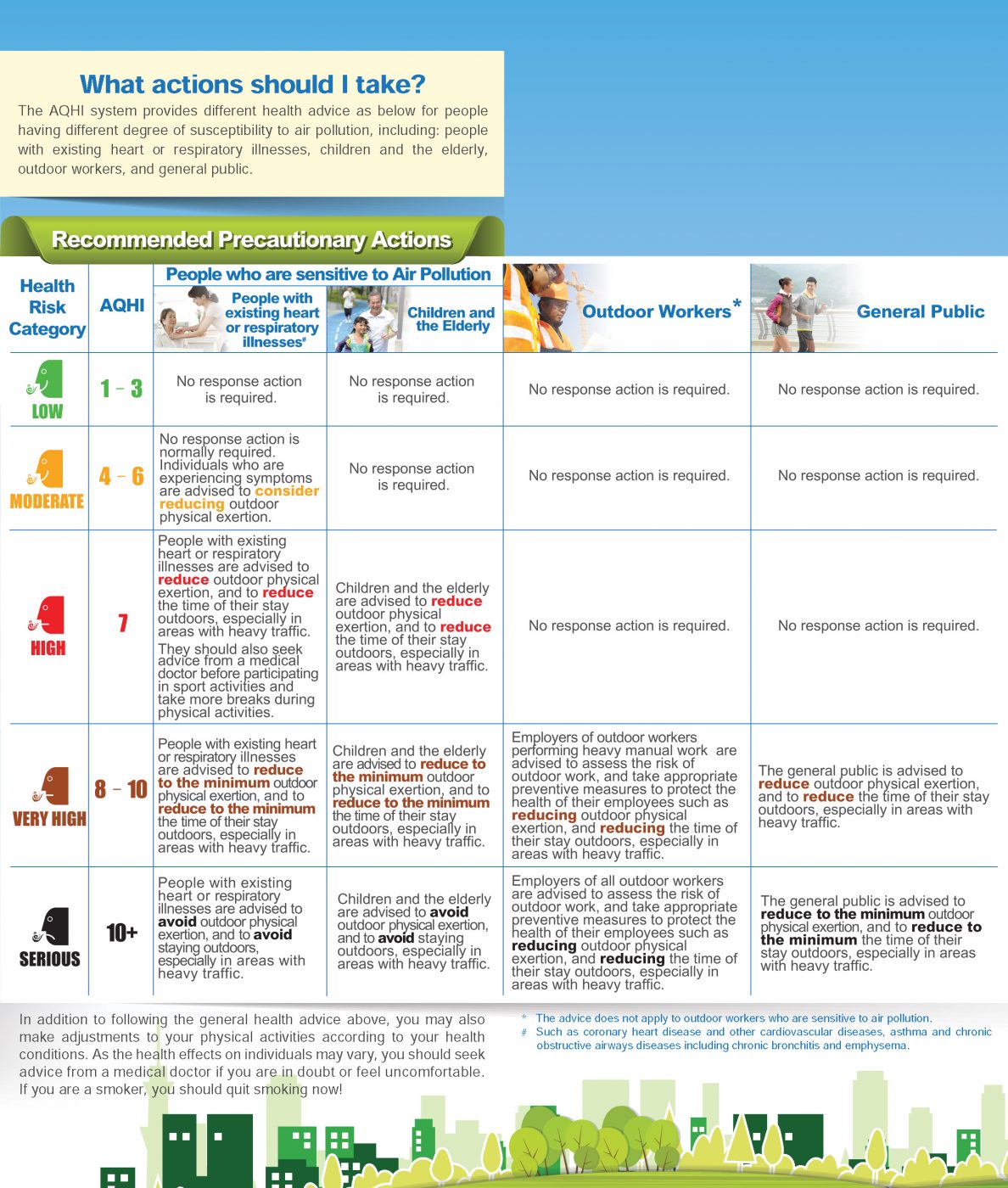First Aid Team
The SJS First Aid Team consists of a registered nurse and over 25 staff who are certified as first aiders.
School Nurse
Ms Yam is based on school campus during normal hours (8 am – 4 pm). Her primary responsibility is to ensure smooth operation of the medical room in order to provide professional, immediate and appropriate medical support to the students and the school.
Safety Precautions
Our school will request all parents to submit / update the student’s medical information through Gateway in the beginning of school year to help the reporting the medical history of their child(ren). Any changes to the initial information during the school year must also be passed onto our school. The aim of collecting the medical information is to enable the school to respond to any situation with confidence and respond quickly in emergency.
Basic first aid kits are fully equipped in each classroom and other special rooms. Staff can get the supplies easily and provide simple medical treatment to the students. The school nurse will be called and provide the first aid care if necessary.
Besides the first aid kits, an automated external defibrillator is kept in our school to provide immediate treatment in the event of life threatening cardiac arrest.
Handling Emergencies
Minor Accidents
If students require medical attention, they will send by teachers to see the nurse with a note. Every visit made by a student, must properly be recorded on the medical log book prepared by the school nurse. A small note will be given to the student to notify parents of what kind of treatment has made to the student. If there is a need for any follow up or if the student needs to leave early, parents will be informed by phone by the school nurse.
For minor accidents such as cuts and bruises, the injured student will be given the first aid treatment by our qualified school nurse.
Serious Accidents
In the event of a serious accident, our school nurse will be called upon in such cases.
We will not move the injured child but will immediately notify the school office to summon help from the school nurse. The school principal or vice principal will also be sent for. If appropriate, the school nurse will administer first aid to the injured child and move to the medical room. If there is any doubt about the safety of moving the injured child he / she will be left where he / she is and be given comfort and reassurance until the arrival of the emergency medical services.
If the accident is serious, the office will telephone immediately for an ambulance and parents will be notified. An adult (usually the school nurse) will escort the child to the hospital and stay with the child until the arrival of the parents. Either the parents will come to school or meet our school nurse in hospital.
Please note that only the parent of the child can authorize medical treatment at the hospital.
The staff member who was supervising the child at the time of accident, or the school nurse, will complete the ‘Accident Report Form’ and file to school office with principal’s endorsement.
Administering of Medicines at School
In order to maintain our students’ physical health and provide maximum school performance, our school nurse can administer the prescribed medicines to the students. For the safety reasons, we have a set of the procedures below.
Procedures for Administering Mild Medication
- The students should seek medical advice and the prescribed medicines should be given by the registered medical practitioner.
- The medicines should be brought to our school by the parent, not the student, and should be delivered personally to our school nurse before the start of the school session.
- Medication must be contained in the original container displaying: a pharmaceutical label, the names of the patient and physician, the name of the medication, dosage, time, expiry date and the date of the prescription was issued.
- Our school nurse will keep the medicines in a locked cupboard.
- A Medication Authorisation Form must be completed and given to our school nurse before administering the medicines.
- Our parents should complete another Medication Authorisation Form if there are any changes of the medicines.
For safety reasons, our school will just administer the prescribed medicines given by the registered medical practitioner. We will not accept any over-the-counter medicines as it may do harm to our students. If there are any uncompleted medication authorisation forms and unclear labelled medicines, our school will not administer the medicines to the students.
Our parents should choose the appropriate forms below and complete the forms before administering the medicines to the students.
PDF Link: Medication Authorisation Form for 3 Days Prescribed Medication
PDF Link: Medication Authorisation Form for Ongoing or Daily Prescribed Medication
PDF Link: Medication Authorisation Form for Emergency Prescribed Medication
Medical Room's Operation during School Nurse's Absence
The school nurse will be absent from school on some occasions due to training, illness or escorting injured student to hospital. When this happens, the medical room will be closed temporarily or staffed by a qualified first aider. For non-emergency cases, students will be sent to the school office. For serious situations, we will seek assistance from Sha Tin College.
Medical Room's Location and Equipment
The Medical Room is located on the ground floor just next to the school office. The room is well equipped with first aid medical supplies. The defibrillator is shared with Sha Tin College and is kept in the main security room.
Basic first-aid kits are also located in each classroom and high risk areas such as school hall and gymnasium hall. All the first-aid kits meet the requirements as set by the Education Bureau Department.
In accordance with the ESF Field Trip Policy all external trips will be provided with First Aid Kits to the trip leader as well as others as directed.
Health Programmes Provided by Health Service Department
To ensure all students in Sha Tin Junior School have a healthy lifestyle and cultivate a sense of physical and mental health awareness, SJS cooperates with the Department of Health to organize the School Dental Care Service, Student Health Service and School Immunization Service each year. Here we have some information regarding the services from EDB.
School Dental Care Service
Parents are encouraged to enroll their child(ren) to the School Dental Care Service which is run by the Department of Health. The aims are to provide a basic dental treatment to students and promote a good habit for oral health care in the prevention of dental diseases. The enrolment form is sent by school in August or September each year. If parents want their child(ren) to join the service, a completed application form shall be returned to school with a nominal fee.
Student Health Service
The aims of this service are to safeguard both physical and psychosocial health of students through comprehensive, promotive and preventive health programs and enable them to gain the maximum benefits from the education system and develop their potential. The services include physical examination; screening for health problems related to growth, nutrition, blood pressure, vision, hearing, spine, psychological health and behavior problem; individual counseling and health education. If students are found to have some health problems, they will be referred to the specialist clinics or other organizations for detailed assessment and follow up.
School Immunization Service
SJS works in collaboration with the school immunization team in the Department of Health to implement the immunization campaigns for Year 1 and Year 6 students each year. Three Vaccines including Hepatitis B Vaccine, Measles / Mumps / Rubella Vaccine and Diphtheria / Tetanus / Acellular Pertussis and Inactivated Polio Vaccine will be given to Year 1 and Year 6 students each year.
Infection Prevention and Control Measures
Prevention in school
- Keep hands clean and wash hands properly
- Avoid spreading germs, do not touch eyes, nose or mouth
- Wash hands promptly with liquid soap after sneezing or coughing
- Use alcohol-based handrub as necessary
- Cover nose and mouth when sneezing or coughing
- Wear a surgical mask if sick
- Ensure good internal ventilation
Measures at home
- Monitor daily temperature
- Keep sick children at home until symptoms are gone and fever has gone down
- Inform school immediately if children are sick or have been admitted to hospital
- Pick up unwell children from school and consult doctor immediately
- Educate and remind children to maintain a high degree of personal hygiene
Communicable Diseases - Recommended Sick Leave Period
The Recommended Sick Leave Period of the Communicable Diseases
To ensure a healthy learning environment to support the healthy development of our students, an effective prevention of the communicable diseases in our school is required. Here we have some information on the recommended sick leave period of the communicable diseases from the Education Bureau.
To avoid the spread of the diseases, we would like our parents to keep sick students at home until the symptoms of the diseases have improved and fever has subsided for at least 2 days. Our parents should also be required to notify our school immediately if the students suffer the symptoms of the communicable diseases.
# These are general recommendations based on consideration of the infectious period only. The advice of the attending doctor should be adhered to.
* Notification of these communicable diseases to the Department of Health is required by law.

Recommended Sick Leave Period
Air Quality Health Index Guidance
With regard to the physical activities, our school follows the advice of the Air Quality Health Index (AQHI) to the public from the Environmental Protection Department and reviews the physical activities when the pollution level is ‘severe ’ and ‘very high ’.
Our students are recommended to seek medical advice if they suffer any discomforts due to the air pollution.
The precautionary actions are summarised below:

